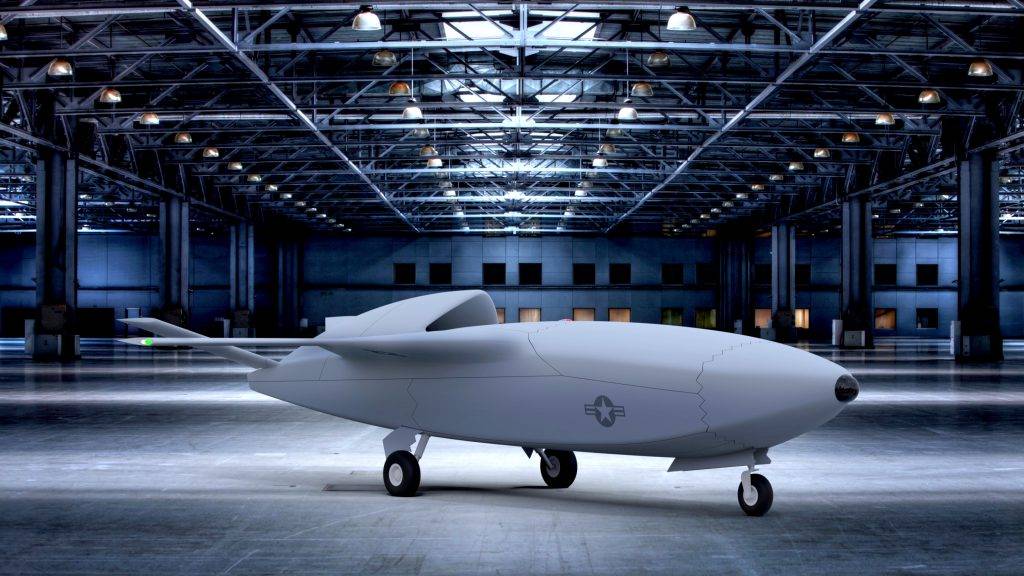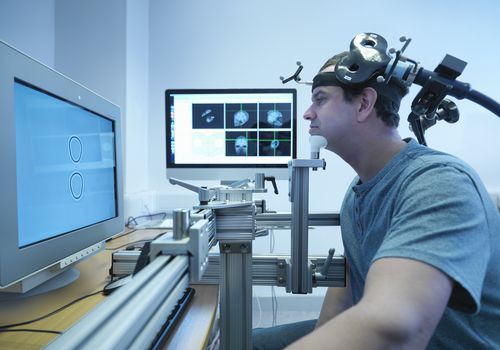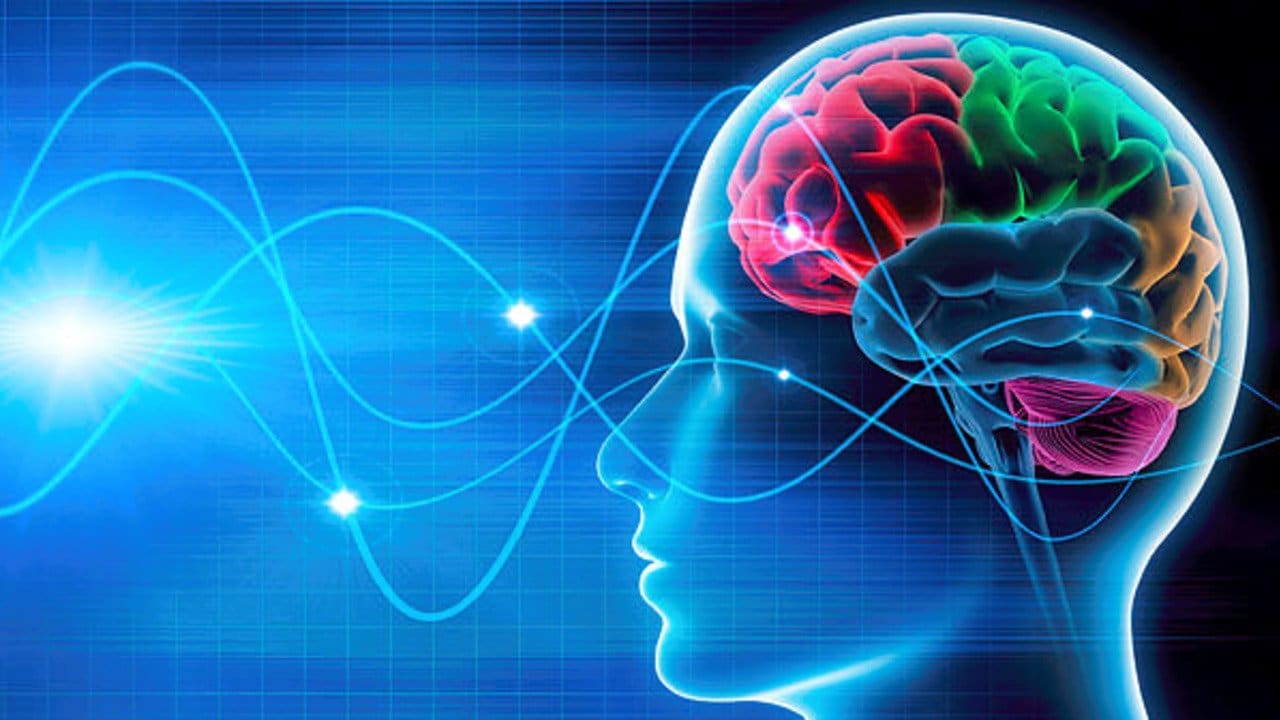I have spoken several times about new technologies, such as brain-computer interfaces (BMI) and magnetic stimulation transcranial (TMS).
Among the many fields of research, the most promising is that of neuromodulation and neurotraining, rapid learning. And judging by the results, neurotraining could really play an important role in the future.
Pilots, spies, champions in a flash
Take for example the volunteers who learned to fly USAF fighter jets through neurotraining after these technologies literally loaded the necessary knowledge into their minds (like Neo learning martial arts in the Matrix). Or the Team USA Olympic ski team who managed to improve their performance by an incredible 80% using transcranial magnetic stimulation training.
These are just two examples among the many possible.
A project so promising that it was later received a $ 50 million grant from DARPA. The target? Reduce the time needed to train spies and soldiers. By how much? years to months, maybe weeks.
So, it is natural that the US Air Force (USAF) now wants to use neurotraining to reduce training times by at least 50%.
iNeuraLS
The project got underway last August Individualized Neural Learning System (iNeuraLS) to accelerate pilot training with brain stimulation. The process is also called “Neurotraining” or “Neuromodulation”.
The U.S. Air Force has been facing a pilot shortage for years and is hoping that technology will allow it to fill its ranks quickly and add new pilot skills.
The pace of innovations in military aviation continues to accelerate. Today there are planes equipped with artificial intelligence like the Skyborg, and new autonomous jets that can beat human-piloted aircraft. Air forces that can readily learn new skills and technologies will have an undoubted advantage over their opponents.

“We want to make our workforce adaptable to change,” he says Nathaniel Bridges, biomedical research engineer and head of the neural interface team. “The goal is to develop technology that allows them to apply new knowledge as quickly as possible.”
Neurotraining: "downloading" knowledge into the mind
Neuromodulation is used for a wide variety of medical applications, including the treatment of chronic pain, Parkinson's disease, and traumatic brain injury. Cochlear implants, which use electrodes to transmit signals to a deaf person's cochlear nerve, are perhaps the best-known example of the technology.
Cochlear implants rely on the surgical implantation of electrodes under the skin behind a person's ear and are considered invasive. Neuralink by Elon Musk, a device with which the multifaceted billionaire wants to help (also) people with neurodegenerative disorders to get back on track, as well as connecting all of us to an artificial intelligence in the cloud, is another example of invasive neuromodulation.
Non-invasive neuromodulation
The US Air Force does not believe it is necessary to puncture a pilot's skull. The lab's electrode earpiece will instead stimulate a branch of the vagus nerve that extends to the human ear.
“The device delivers a small amount of current into the brain through the scalp, through the skull, to stimulate a particular area,” he says Gaurav Sharma, Senior Technical Officer for Cognitive Neuroscience at the Air Force.
While the headset sends a few milliamps of electrical current into the subject's brain, the training continues virtual reality showing the volunteer the controls and flight dynamics. Subsequently, the subject is asked to demonstrate what he has learned.
A series of experiments are planned over the next three years using groups of 20-30 volunteers at the Wright-Patterson base in Ohio.
The intent is to accelerate learning in individuals who have little or no flying experience, but also to more quickly train personnel with other tasks.
The role of virtual reality
The Air Force wants to determine the most effective means of stimulating learning, whether through neuromodulation, immersive technologies such as virtual reality, or a combination of the two.
The use of realistic training tools, such as a virtual reality headset, combined with neuromodulation will lead to great strides in skill development.
The iNeuraLS experiment will culminate in 2023 with a demonstration where participants will train to perform different flight maneuvers with a virtual reality-enabled flight simulator. The ultimate goal is to show a reduction in the time it takes participants to learn skills compared to a control group.
Current limits of the use of this technology

“Eventually,” the researchers explain, “we will be able to translate this technology into something that can be used in an operational environment, such as in an airplane. However, there are several things we need to consider: for example, the resistance of these materials to the stresses of an aircraft."
Current systems for mapping the brain's magnetic fields, called magnetoencephalography systems, are large devices that lower onto the patient's head and limit movement. The equipment must also be cooled and stored in special rooms that prevent the Earth's magnetic field from interfering with measurements of the brain's magnetic fields.
That's why the Air Force research team is now working to miniaturize the technology.
“They're inventing new materials that will allow us to get the immediate signal with good spatial and temporal resolution, but still in a wearable, portable format, which may not require that kind of shielded room to record that activity,” Sharma says.
Ultimately, Air Force scientists hope the iNeuraLS project will be a stepping stone toward mind-melding between man and machine.
It could be the launch pad for transforming pilots into organic computers, parts of a mixed human-machine computing system.


